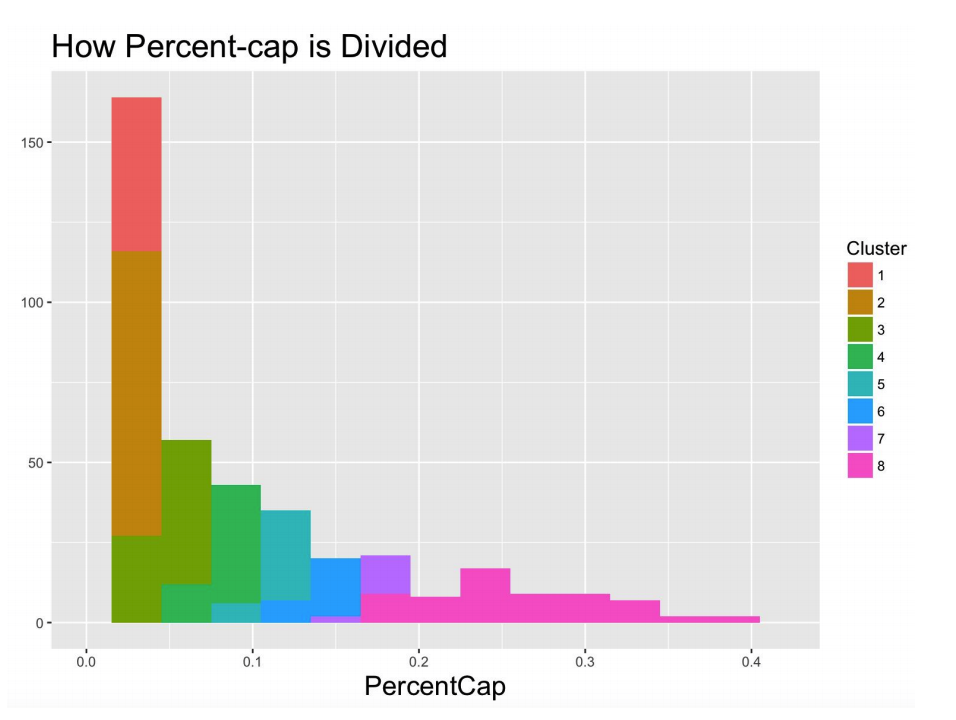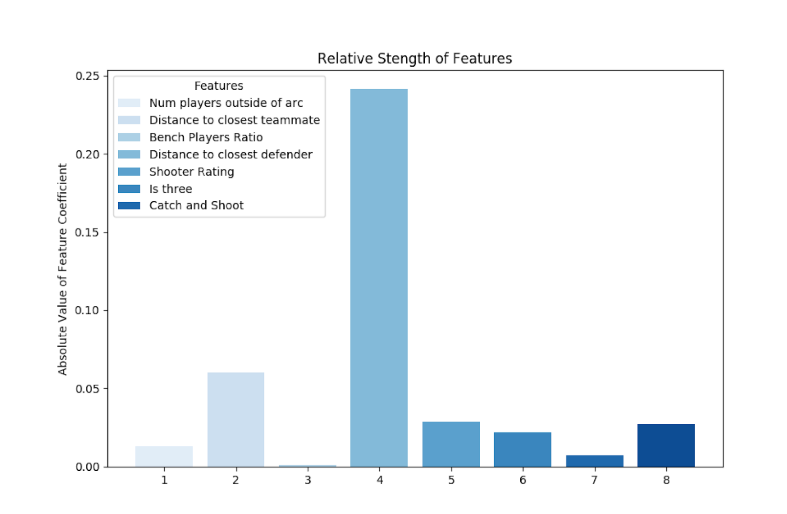
Summary: Two teams of SAGB analysts will work on independent mini-research labs: each team will pick a focused baseball analytics question, review past work, and build models/analysis to generate new insights. One team will tackle a general baseball performance/economics problem (e.g., player evaluation, roster strategy), while the other will explore a biomechanics angle (e.g., athlete load tracking with Catapult data). By November 21, both teams will synthesize their methods, preliminary results, and expected contributions into a polished abstract submission.











